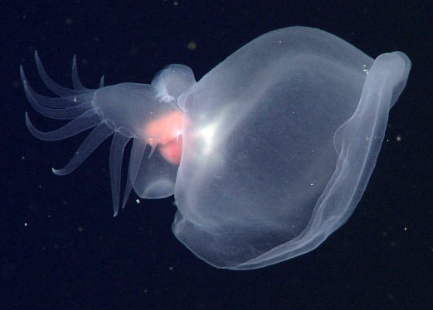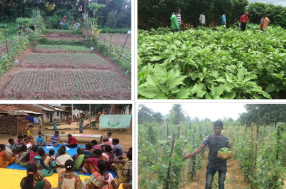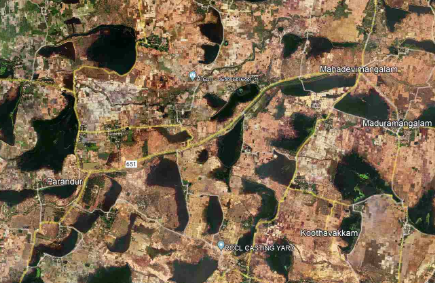What are Nanozymes?

Recent research focuses on artificial enzymes known as nanozymes, which show promise in creating advanced materials for medicine. Scientists aim to understand how nanozymes interact with proteins, goal is to develop nanozymes that are precise and efficient. About Nanozymes Nanozymes are synthetic enzymes that mimic natural enzyme functions, which can interact with small molecules but their role with larger proteins is less understood. Research is now expanding to include structural proteins , such as collagen. Research at CSIR-CLRI A team at the CSIR-Central Leather Research Institute investigated nanozymes’ interaction with collagen. Led by Dr. Amit Vernekar, the team used a manganese-based oxidase nanozyme (MnN). They demonstrated that MnN could crosslink collagen molecules effectively. Crosslinking Process Crosslinking involves linking collagen molecules together. The researchers used tannic acid under mild conditions. This method preserved the natural structure of collagen. I...




















